Healthspan Part 1: Promoting Healthspan & Healthy Aging Through Exercise
Extending Healthspan Through Exercise: The Key to a Quality Life
Healthspan refers to the period of our lives during which we remain free from debilitating diseases. In today’s world, unhealthy lifestyle choices and the rise of chronic diseases significantly shorten our healthspan, placing an enormous physical, emotional, and financial burden on ourselves and our loved ones. Preserving our quality of life and extending healthspan is not just a personal goal but a necessity for our families and communities. Promoting healthspan has become an increasingly important objective for the scientific community, with regular exercise at the center of this quest. Exercise, one of humanity’s most effective lifestyle interventions, has been shown to both treat and prevent the onset of numerous chronic conditions.
In this series of blogs, we’ll explore current research and expert opinions on how regular exercise can enhance healthspan by improving the functionality of various organ systems and reducing the risk of diseases.
Lifespan vs. Healthspan: The Current State
Two thousand years ago, the first Chinese emperor, Qin Shi Huang, sent a nationwide hunt for an elixir of eternal life. Since then, the pursuit of longevity has continued, with scientists striving to find ways to extend our lives. In the past 50 years, significant advances in healthcare have extended the average lifespan in the U.S. by a decade. As of 2019, over 703 million people worldwide were aged 65 or older, a figure projected to more than double by 2050. Despite this increase in lifespan, healthspan—the time we spend living free of major diseases—has not seen the same growth. The result is an extended lifespan often accompanied by prolonged periods of illness, creating an aging society that can strain economies and families.
Researchers have started to suggest that human life expectancy may be approaching its natural limit, largely dictated by genetic and chronic diseases. As a result, the concept of “healthy aging,” which aims to maximize the duration of healthy living before the onset of age-related disabilities, has gained prominence. Research into ways to extend our healthspan has never been more critical, as healthspan, like lifespan, is influenced by genetics, environmental factors, socioeconomic status, and lifestyle choices, including diet and physical activity.
Exercise as Medicine for Healthspan
One of the most ancient and powerful ways to enhance healthspan is through regular, purposeful physical activity. The practice of prescribing exercise dates back thousands of years, from the surgeons of Ancient Greece to the Yellow River Civilization in China. Today, public health studies provide irrefutable evidence that high physical fitness is crucial for delaying mortality and reducing the risk of chronic diseases, particularly cardiovascular diseases, metabolic disorders, and cancer.
Research also shows that long-term exercise brings profound molecular changes in multiple organ systems, including the cardiovascular, musculoskeletal, neurological, endocrine, and immune systems. For example, a 12-year study involving over 400,000 individuals found that as little as 15 minutes of moderate-intensity exercise per day, or 90 minutes per week, could significantly reduce the risk of all-cause mortality.
Types of Exercise and Their Benefits
Exercise can be broadly classified into two categories: endurance (aerobic) and resistance (anaerobic) exercise.
• Endurance Exercise: Activities like running, swimming, and cycling rely on oxygen-utilizing energy metabolism (mitochondrial respiration). The benefits include increased mitochondrial content, enhanced cardiorespiratory function, and improved muscle fiber composition in skeletal muscles.
• Resistance Exercise: Weight training, such as deadlifts, squats, and sprinting, depends on anaerobic energy pathways (creatine phosphate and glycolysis) for short bursts of force. This type of exercise primarily leads to hypertrophy of fast-twitch muscle fibers. Recent studies suggest that resistance exercise can improve the functionality of mitochondria, contributing to overall cellular health.
The Future of Healthspan Promotion
Exercise remains the most effective “medicine” for preserving quality of life and expanding healthspan. Its systemic effects on virtually all organ systems underscore its importance in combating chronic diseases. While human lifespan may have a natural limit, there is immense potential in promoting physical activity across populations to improve both healthspan and, possibly, lifespan.
In this blog series, we will delve into how exercise can promote healthspan by enhancing the function of different organ systems and preventing diseases. The next installment will focus on the cardiovascular system, examining how exercise benefits heart health and overall cardiovascular function.
Stay tuned for an in-depth look at how incorporating exercise into your lifestyle can be a powerful tool for healthy aging.


